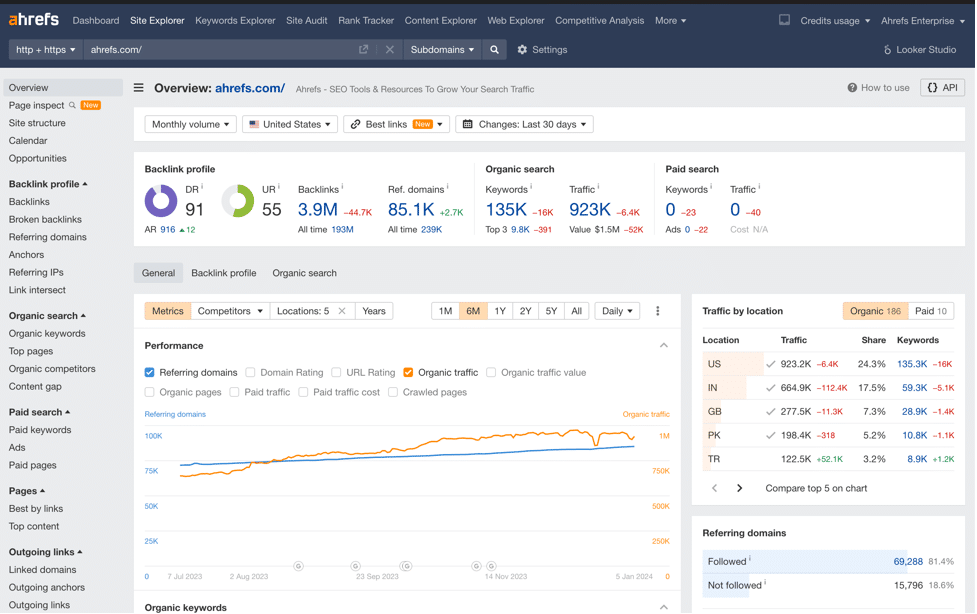Marketing teams in 2025 face more complex challenges than ever before. Campaigns run across multiple channels. Data comes from dozens of sources. Teams juggle tools that rarely integrate well with one another. The result? More time is lost connecting dots than actually building connections with customers.
Today, we’ll look into why so many teams switch to more intelligent, unified systems, how disconnected tools drain budgets and insights, and where all-in-one solutions make daily work more manageable.
The Problem with Fragmentation
Talk to any marketing manager today, and the same frustration is likely to arise. Too many tools, too many dashboards, and too many spreadsheets. Research has shown that companies use over 75 tools simultaneously. Most teams barely scratch the surface of what each tool can do. Instead, they waste hours transferring data, rechecking reports, or patching information gaps.
Fragmentation eats up budgets in sneaky ways. Teams pay for overlapping features across different subscriptions. Data lives in silos. Paid channels run on autopilot with nobody spotting patterns in time. Minor errors accumulate when metrics fail to align. A campaign could underperform for weeks because insights are buried in a separate system that no one checks.
Another overlooked cost? Team burnout. Marketers get pulled away from creative work because they spend time fixing broken connections. With channels multiplying (think search, social, video, influencer partnerships, AI-generated content), every disconnected tool adds friction.
The Rise of Unified Platforms
Not long ago, the idea of an all-in-one marketing platform felt too rigid for some teams. They preferred best-of-breed tools for each job. But complexity changed the game. Marketing no longer works in neat buckets. Social impacts SEO. Content affects paid performance. One customer touchpoint feeds the next.
More companies now prefer a unified digital marketing platform that covers planning, content creation, publishing, measurement, and optimization. When all key workflows occur in the same place, teams identify patterns more quickly. A spike in organic traffic can inform adjustments to paid ads. Content gaps get flagged and filled quickly.
A good unified system saves time on onboarding, too. Instead of training new hires on a dozen different dashboards, the entire team works within one unified ecosystem. Transparent processes reduce dependency on internal “tool experts” who hold the keys to specific data.
Marketing analytics software that connects insights to action also enables teams to react in real-time. Instead of waiting for end-of-month reports, marketers see what works now and double down before opportunities slip away.
Ahrefs as an Example of the Shift
Many know Ahrefs as a strong SEO tool, but the platform does more than rank tracking. Ahrefs stands out as an AI marketing platform that combines real-world web data, intelligent automation, and ease of use. The platform leverages over 15 years of independent web crawling at massive scale. No third-party data gaps.
Marketers use it to plan, publish, and analyze all in one place. The AI features actually surface strategic insights instead of mindless automation. For example, users get clear suggestions on what content to build or refresh next, where competitors win, and which opportunities drive real traffic. This matters when trends shift overnight.

Image: Screenshot of Backlinks Profile dashboard | source: ahrefs.com
As an all-in-one marketing software, Ahrefs works quickly enough to keep pace with how people discover and make decisions today. Whether through search, social channels, or emerging AI platforms, the data stays fresh and actionable. For larger teams that want enterprise marketing software without constant tool switching, it saves significant time.
Conclusion
Teams tired of juggling disconnected tools now seek marketing software that evolves as they grow. The right AI marketing software helps spot shifts before they become problems, so no one gets stuck waiting for quarterly reports to know what to fix.
Marketing moves quickly. Channels evolve, privacy rules tighten, and AI alters how people search and make decisions. The most innovative teams step away from bloated tool stacks and work inside platforms that keep strategy, execution, and measurement under one roof.
More teams choose systems that scale with their goals. Whether running solo or building an enterprise marketing software stack, the goal stays the same: spend less time managing tech and more time reaching real people.
